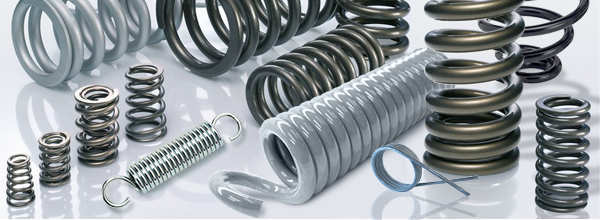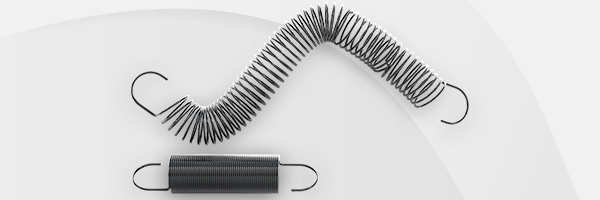Springs are far more than just a component in a device they are also great learning tools and interesting pieces of metal that completely transform an object. That is why they make great interactive learning tools for both kids and adults to have fun with. With COVID and everyone still stuck at home, you may be wondering what other family activities you can conduct. Well, you can use the following activities revolving around springs to keep your kids entertained in a more educational and productive way. Just make sure you are there to supervise. Based on the child’s age and abilities you can decide how much assistance is needed, or not, on your part.
Getting Started With Metal Springs
You can gather up a few springs from old trinkets or devices that no longer work or you can enroll the older kids to help you look around the house for items that have springs that you can use for the activities. Keep in mind that it would be ideal to find springs that are no longer needed or you can visit TheSpringStore.com to buy a couple cheap springs of different varieties to use for your activities. Keep in mind that the thicker the spring, the harder it will be for younger kids to do some of the activities so you may want to look for springs that are thinner and not as large or thick. Since these are metal parts you want to make sure you supervise each kid appropriately.

Activities to Help Them Categorize and Learn About Spring Types
If you find an assortment of springs you can have kids categorize them by size, length, width, shape, color, etc. You can even explain to them the three main types of springs: compression, extension, and torsion, and their respective action.
All springs store energy but the motion in which they complete this and the release of it is different. Compression springs are stored energy, when a force is placed on them they compress, then they release the energy when the force placed upon them is removed and they spring back into shape. Extension springs do the opposite, as a force pulls the coils apart the they stretch and when that force is removed they return to its original shape having all coils touch. Torsion springs complete a torquing motion when force is placed on the ends and twist as they absorb energy but then release it by returning to their original shape.
IMAGE
You can have younger children sort springs by size and type and older children can guess what type of springs each item uses. For example, have them guess what kind of springs are used in the following items: a retractable pen, a hair clip, a trampoline, and an umbrella. Or you may have them look for different items around the house and guess what kind of spring is used in each of those items.

Pulling Springs Past Their Elastic Limit
Have kids take a tape measure or ruler to measure different springs and then pick out a few compression springs or very light extension springs to work with so they can try and pull them apart as far as they can. Ask them to do it slowly several times increasing how far they pull it apart to determine how far is too far before the spring ¨takes a set¨ and no longer returns to its original shape. Explain that the point where it no longer returns to its original shape is the spring’s ELASTIC LIMIT.
These are just a few activities to get you started. Like with all things, these and any other activities must be done with precautionary measures and since springs, especially heavier duty springs, can hold a lot of energy it is important to be cautions and monitor closely the activities, as well as refrain from using any rusted old springs that may not be ideal for kids to touch.






